Creating a beautiful, sharp knife blade is an art form that requires skill and precision. Grinding the blade is one of the most important steps in the knife making process. It requires patience, focus and the right tools to achieve the perfect blade edge. For centuries, bladesmiths have been perfecting their techniques to craft strong, durable knives. Today, grinding a knife blade is still a complex task that involves a lot of skill and precision.
It involves several steps, such as removing material from the blade and ensuring that the angle of the edge is correct. In this article, we will explore the process of grinding a knife blade and provide some tips to help ensure that you get the perfect edge.
Grinding a Knife Blade
is the first step in creating a knife blade, involving shaping the metal into the desired shape. Depending on the type of metal used, various methods can be employed for grinding the blade, such as a grinder, belt sander, files, and hand sanding. For each method, there are specific techniques to ensure a consistent grind and avoid damaging the blade.Once the blade has been ground to its desired shape, it is important to sharpen and hone it for optimal performance. Sharpening involves using abrasive materials such as stones, files, or sandpaper to create a sharp edge on the blade. Honing requires using a sharpening stone or other abrasive material to refine the edge of the blade and make it sharper. It is also important to properly maintain the knife blade by regularly cleaning it and oiling it to prevent corrosion and rust.
Additionally, it is important to store the knife in a safe place away from moisture and extreme temperatures. This will help ensure that the blade remains in good condition for many years.
Grinding Tools
The tools used to grind a knife blade include grinders, belt sanders, files, and hand sanding. Each tool has its own advantages and disadvantages and is best suited for different types of blades. Grinders are typically used to shape and sharpen metal surfaces, including knife blades. They come in a variety of sizes and shapes, allowing for precision grinding of small or large surfaces.Grinders are fast and efficient but can leave a rough finish that needs to be refined further. Belt sanders are also used to shape and sharpen knife blades. They use a rotating abrasive belt to grind the blade surface. Belt sanders are ideal for removing large amounts of material quickly but can leave a rough finish that needs to be polished. Files are excellent for fine-tuning the shape of a knife blade and can be used to sharpen the blade’s edge. However, they are slow and require great care to avoid damaging the blade. Hand sanding is a slower process than grinding or filing but it produces a smoother finish.
It is also more precise and allows for careful shaping of the blade. Hand sanding is best suited for small blades or those with intricate shapes.
Sharpening & Honing
Sharpening a knife blade involves using abrasive materials such as stones, files, or sandpaper to create a sharp edge. This sharpening process is done by grinding the blade against the abrasive material, gradually wearing away at the metal until it is sharp. Honing is a different process that involves using a sharpening stone or other abrasive material to refine the edge of the blade.This process is done by running the blade against the abrasive material to smooth out any roughness on the edge and make it sharper. The type of abrasive material used for sharpening and honing will depend on the type of knife blade being worked on. Generally, a softer material such as a whetstone will be used for softer blades, while harder materials such as diamond stones will be used for harder blades. Sharpening and honing are important steps in the knife-making process, as they ensure that the blade is sharp and ready for use.
Both processes require skill and practice to achieve the desired results, so it is important to take your time and be patient when sharpening and honing your knife blade.
Maintenance
It is important to properly maintain a knife blade by regularly cleaning it and oiling it to prevent corrosion and rust. Regular cleaning and oiling will also help keep the blade sharp and provide a longer lasting edge. Additionally, it is important to store the knife in a safe place away from moisture and extreme temperatures in order to preserve the blade for a longer period of time.Cleaning
: Cleaning the blade with a soft cloth or brush is an important part of proper maintenance.Gently wipe away any dirt or debris to keep the blade free of contaminants that can dull the edge.
Oiling
: Oiling the blade with a light weight mineral oil will help protect it from corrosion and rust. Apply a thin coat of oil over the entire blade and rub it in with a soft cloth or brush.Storage
: It is important to store the knife in a safe place away from moisture and extreme temperatures.A knife block, knife drawer, or other secure storage container is ideal for protecting the blade from damage. Grinding a knife blade requires precision, skill, and the right tools. By using the correct techniques, such as sharpening, honing, and proper maintenance, you can ensure that your knives will remain sharp and durable for years to come. This article provides an overview of the grinding process and the various tools and methods used to achieve the desired results.
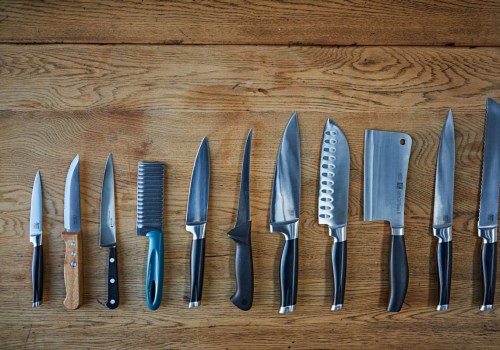

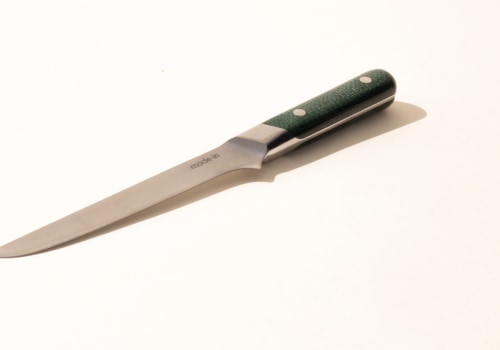
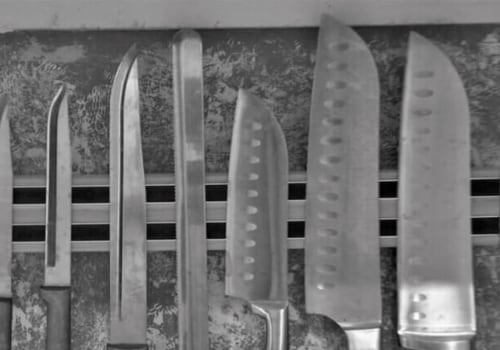

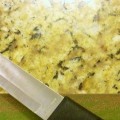
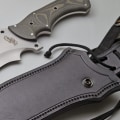
Leave Reply